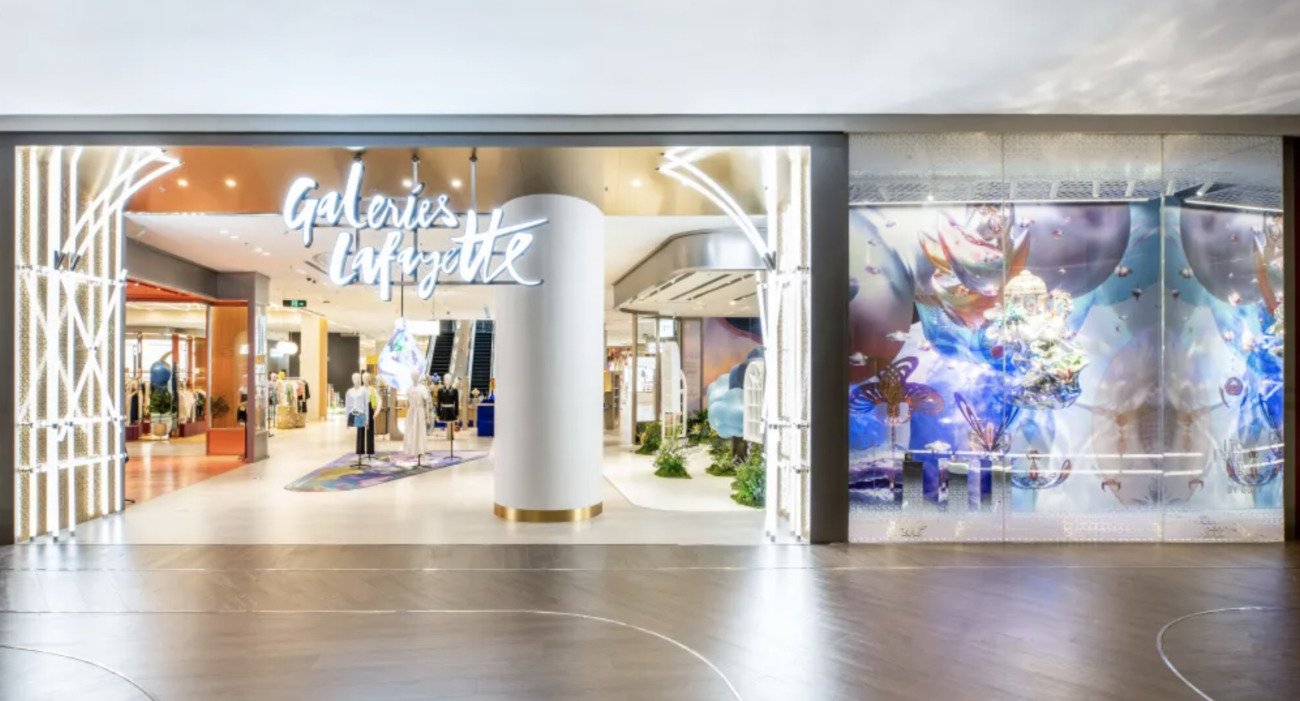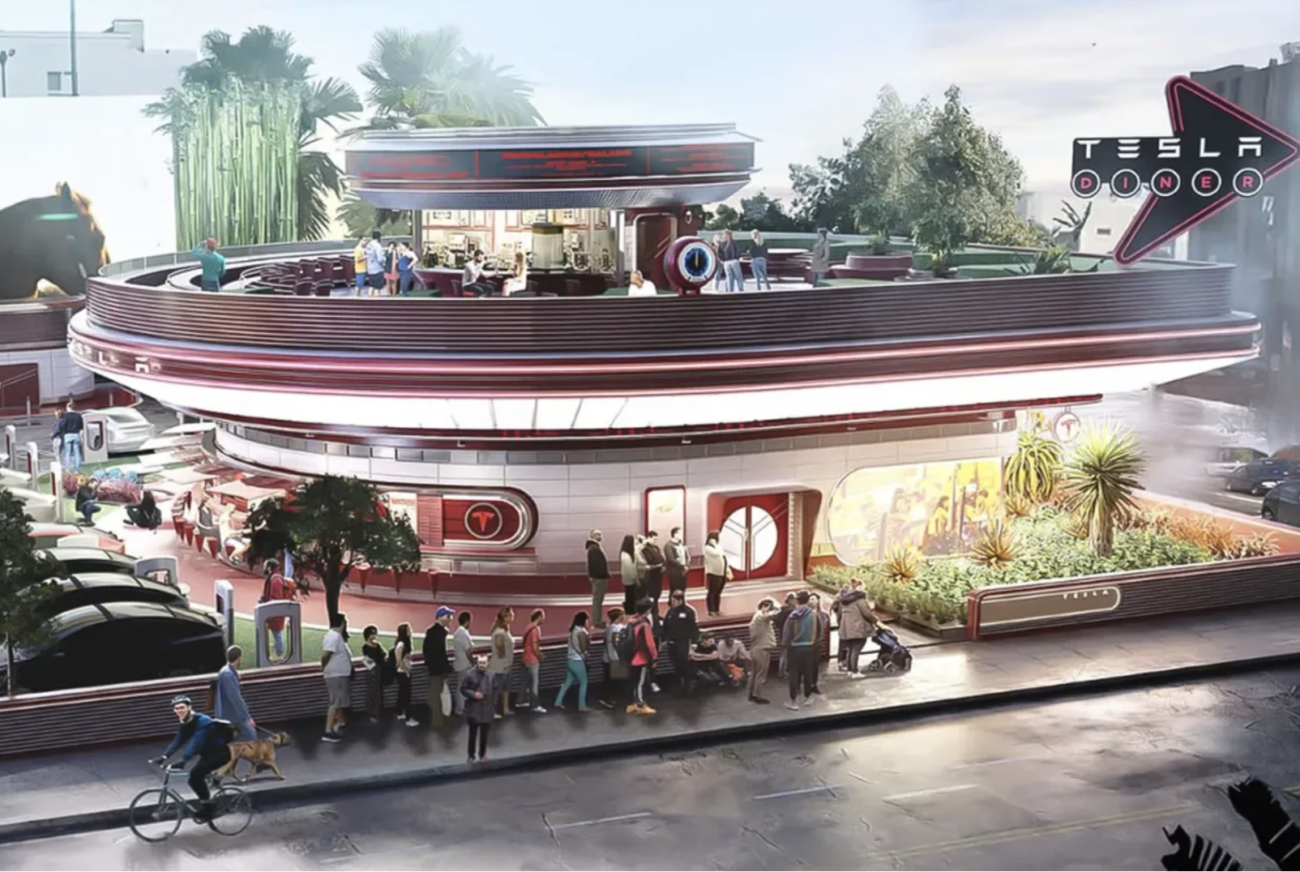How TopShop Successfully Used Pinterest To Drive Sales
Prior to Christmas last year, Topshop was one of the first retailers to partner with Pinterest to create a campaign that centred around customers creating and submitting inspirational boards for the Holiday season. Whether that were decorations, a dream dress,

Prior to Christmas last year, Topshop was one of the first retailers to partner with Pinterest to create a campaign that centred around customers creating and submitting inspirational boards for the Holiday season. Whether that were decorations, a dream dress, their ultimate festive tree, or even a few Topshop products. Entitled “Dear Topshop,” the campaign took a 360 degree approach to make its presence known on- and offline.
The collaboration made it the ultimate gift guide that felt personalised to each customer. Quirky and easy search categories such as “A gift that will wow”, “All things that sparkle” and “A bit of romance” helped customers find the perfect gift or party outfit on the company’s website. These could then be pinned, shared, shopped and celebrated through all of Topshop’s digital worlds, with top pinned products being featured on the brand’s homepage every day.
In addition to shopping and pinning items on the fashion brand’s website, giant touch screens and products with a Pinterest call to action in the Flagship London and New York stores allowed customers to pin, share and shop. Other stores had dedicated staff armed with iPads, who could walk customers through all elements of the campaign.
The reason for Pinterest’s success is down to doing the two things that all social media tries to do: it lets people make it their own and then share their creation with friends.
With fashion and identity such fundamental parts of youth culture, inevitably photographs of clothes, accessories and catwalk shows are being shared by the million. No wonder retailers are so interested.
Topshop marketing director Sheena Sauvaire says the Pinterest technology provided a way for the retailer to track “the most coveted items” on its website.
“We then used this data to highlight those key items in store and online,” she adds. “This gave us another insight into how crowd-sourced recommendations can drive purchase in the physical space. The results were positive and I think it shows how peer-to-peer influence continues to be a driving factor, particularly for the younger shopper.”
eBay vice-president of UK marketplaces Tanya Lawler says: “This year we’ll see an even bigger drive towards integration of social media and peer-to-peer recommendation.
“Crowd-sourced shopping inspiration – such as Topshop’s partnership with Pinterest – shows the power of social in inspiring people to buy, while PayPal’s Check-in app allows retailers to build relationships with local customers in store. There’s a huge opportunity for brands to capitalise on the sweet spot between utility and engagement.”
The scale of opportunity is clear, but it is possible only because technology has moved on so quickly. As this continues so will the ways for retailers to interact with shoppers.
 English
English





